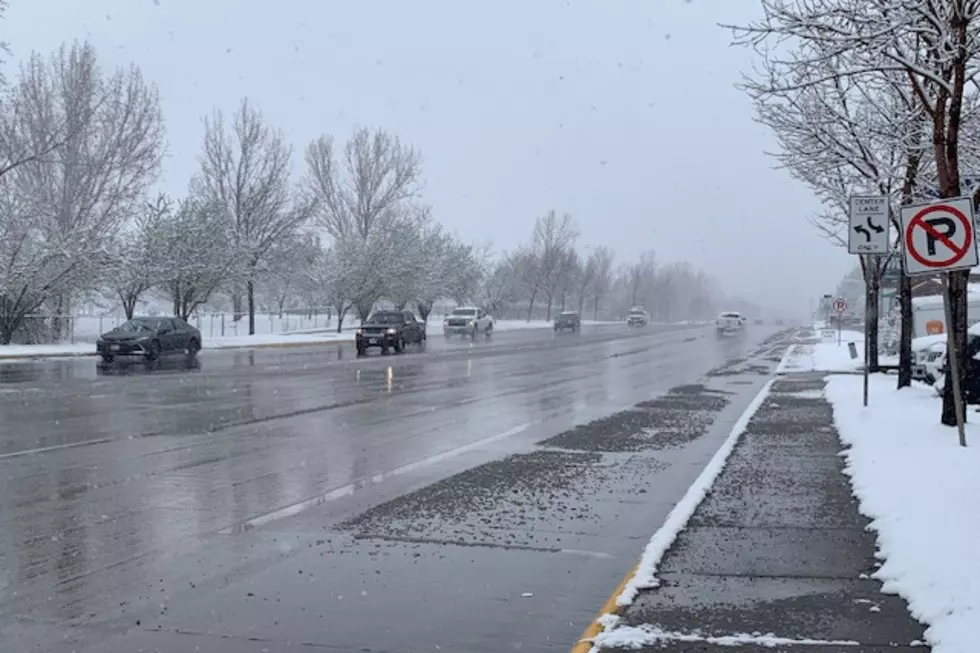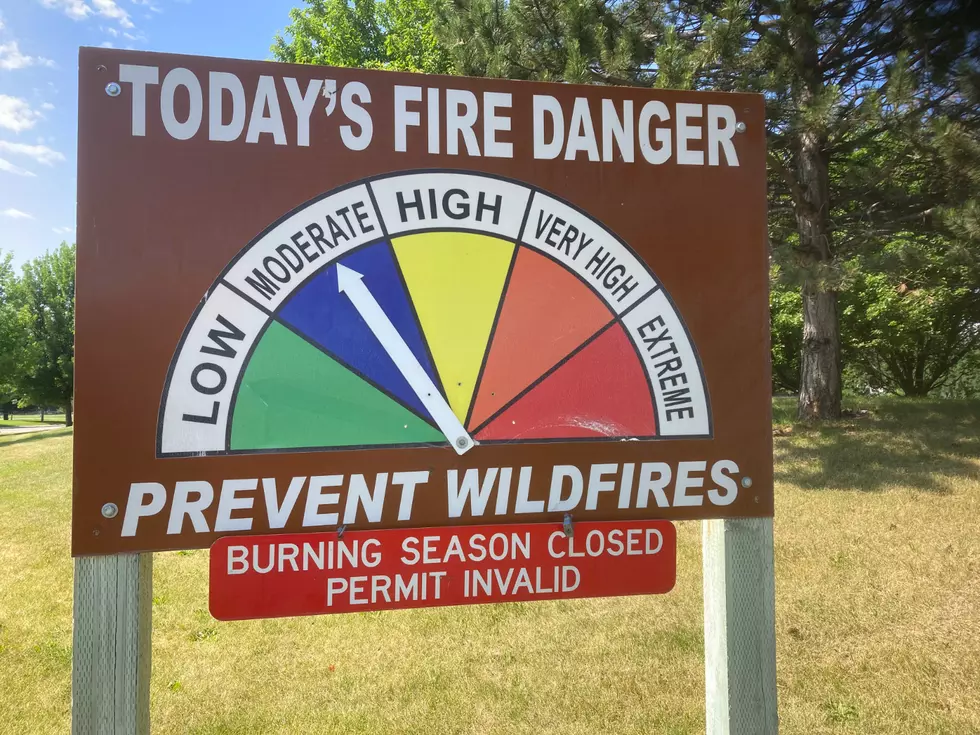
Montana’s Weird “Snow Drought” MIGHT End Soon
Will early January finally end the "snow drought" that has the Northern Rockies looking more like November 1st than mid-winter?
Well, maybe.
But at least the forecast is trending in the right direction, as we see an end to the dry, cold boring weather of the past few weeks. The question is whether we can get enough snow now to catch up to what would be normal amounts of snow heading into the second half of the winter.

At least some snow in the forecast
For more than a week now, the computer models used by forecasters with the National Weather Service in Missoula have been indicating a pattern change, returning to the northwesterly airflow that's what generates snow, especially for Western Montana.
As we've reported before, the lack of snow is directly tied to the El Niño ocean currents, which have been pushing moisture-producing storms into California and the Southwest.
But for the past week, the trend has been pushing toward the northwest flow which allows moisture-carrying storms to come out of the Gulf of Alaska and push across the Northern Tier states.
We already saw some light snow showers Thursday, with more expected Friday. A stronger system over the weekend should drop upwards of half a foot at the higher elevations, although most of the accumulation in the valleys could be limited to Northwest Montana to begin with. At least the ski areas should benefit.
A series of "shortwave troughs" will continue to bring waves of potential snow into next week with "daily chances" of snow showers.
RELATED: Are the dry roads ruining your studded tires?
Cold coming
It's still early to be certain, however, the forecasts are indicating the arrival of an Arctic front in the middle of next week, bringing what NWS says could be "very cold temperatures", dropping to single digits and even below zero across Western Montana.
If that happens, and combines with more moisture, we might be able to remember what winter is supposed to be like.
LOOK: Most dangerous states to drive in
Gallery Credit: Katherine Gallagher
More From Newstalk KGVO 1290 AM & 98.3 FM









